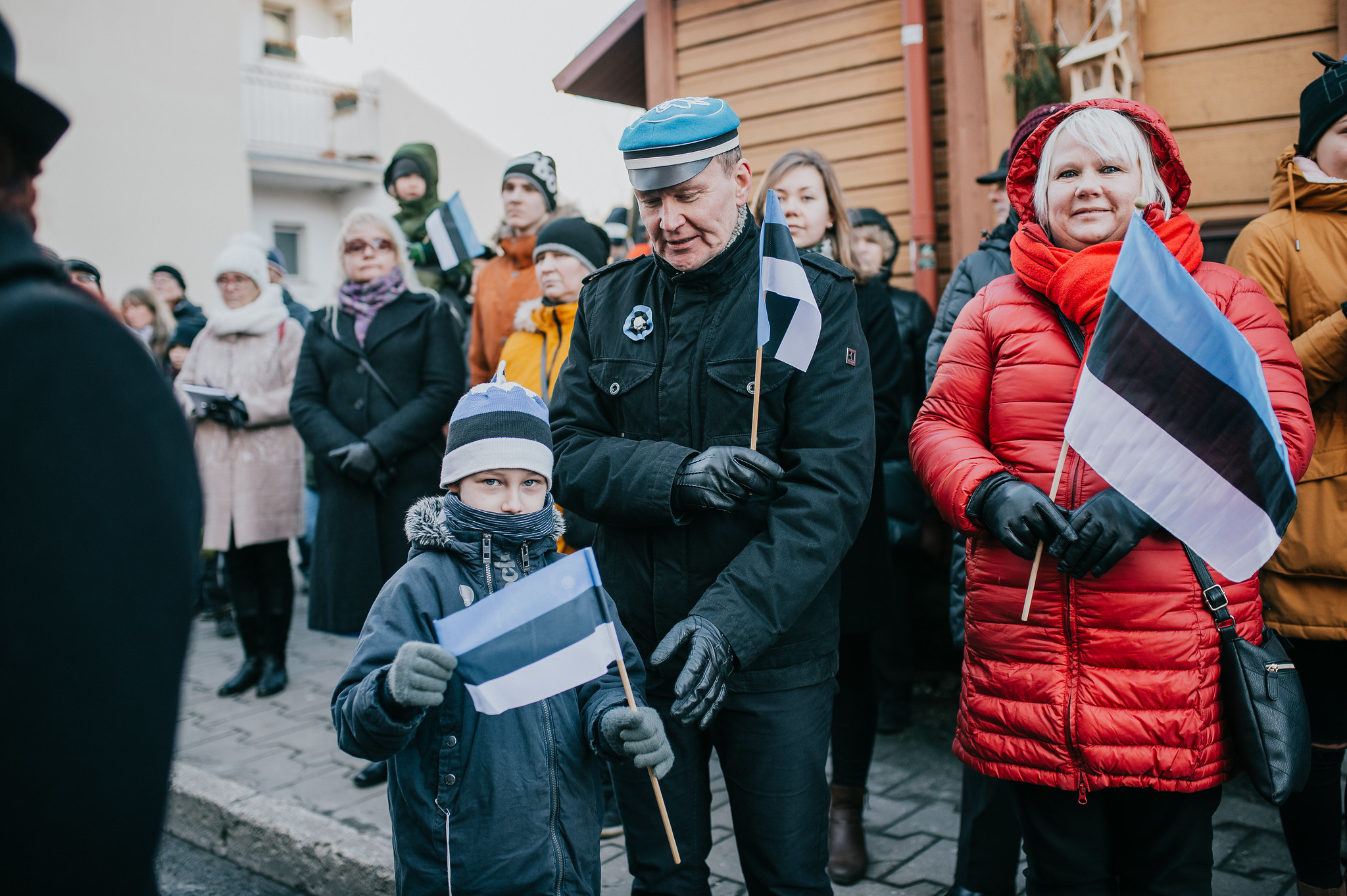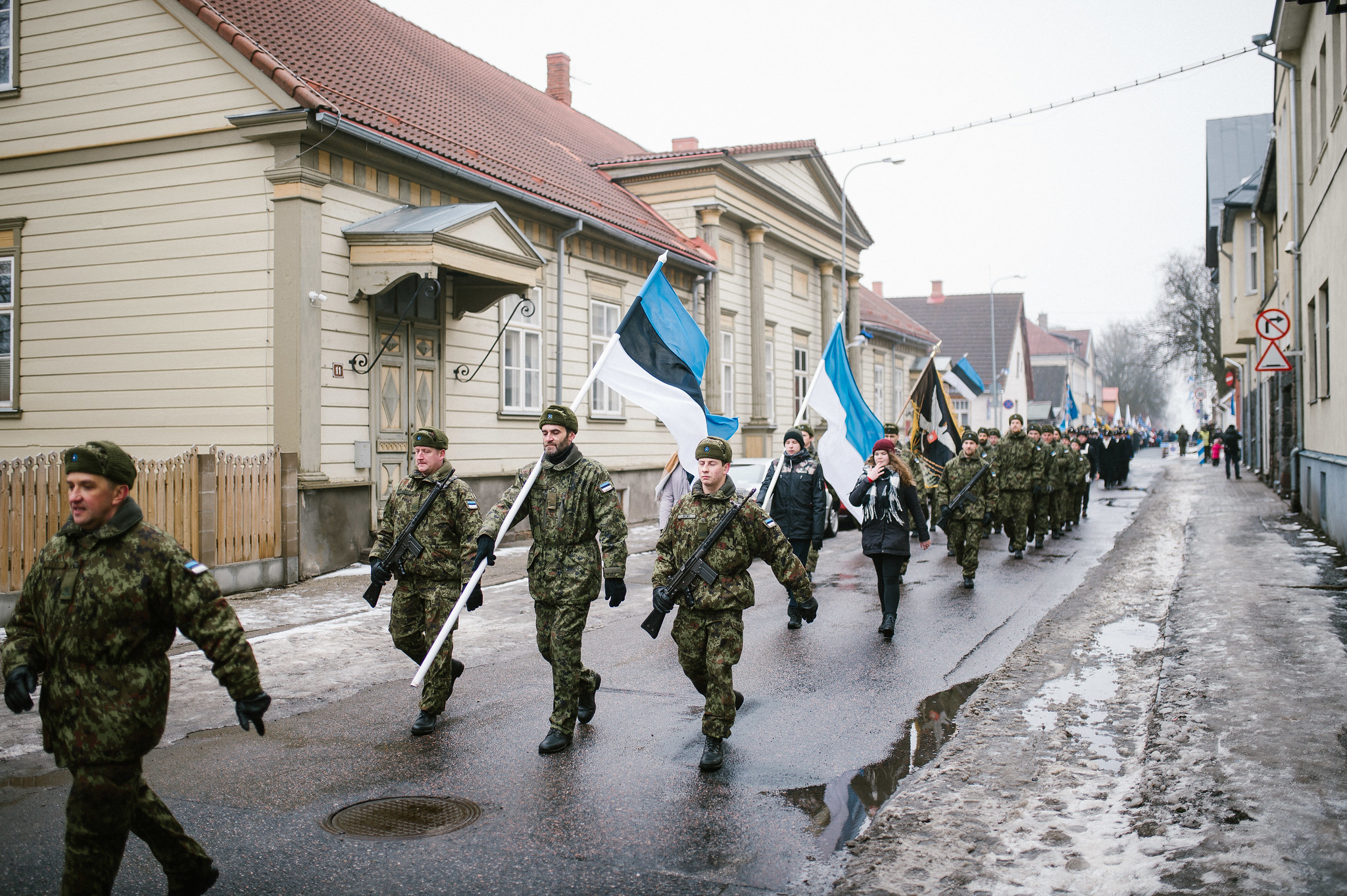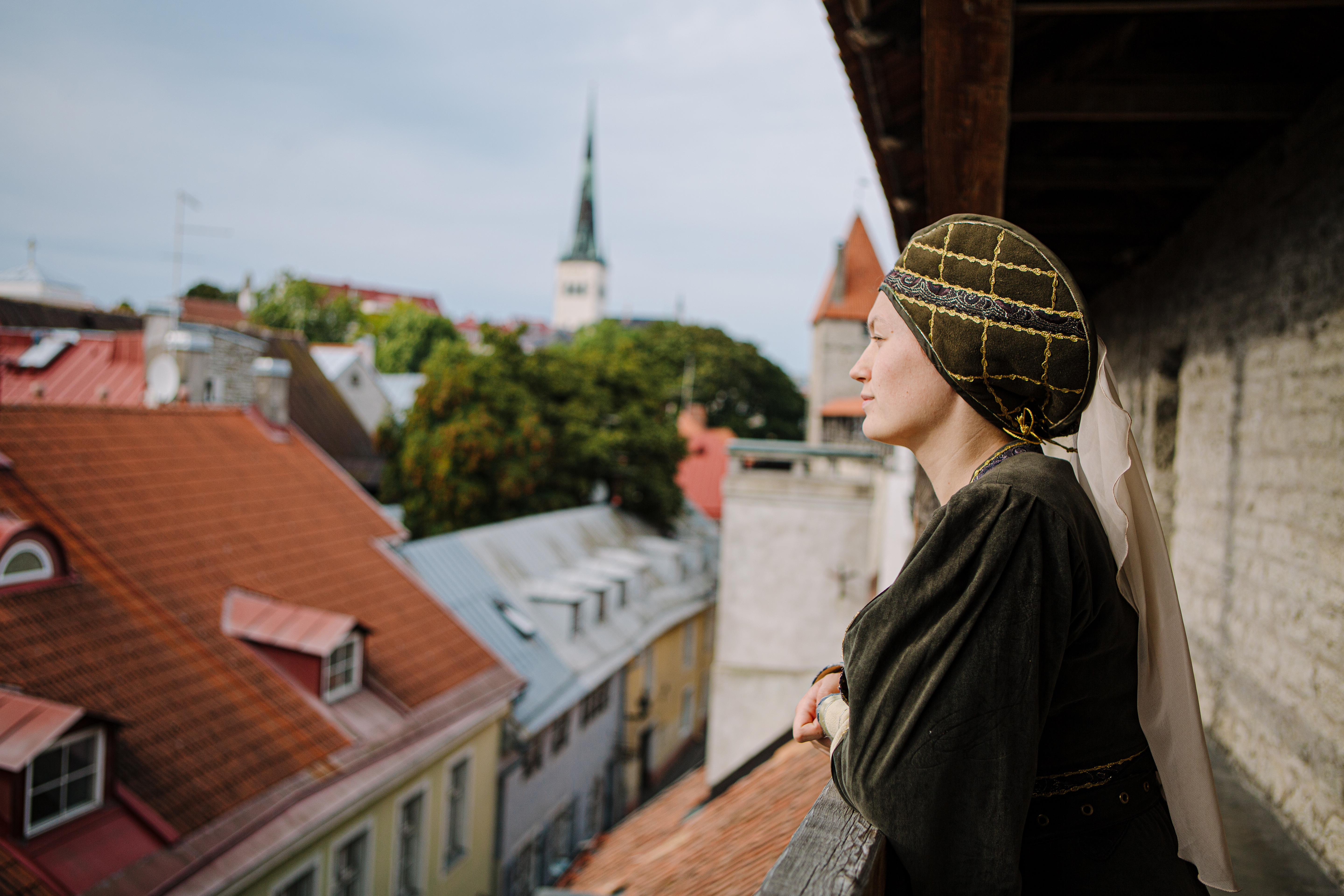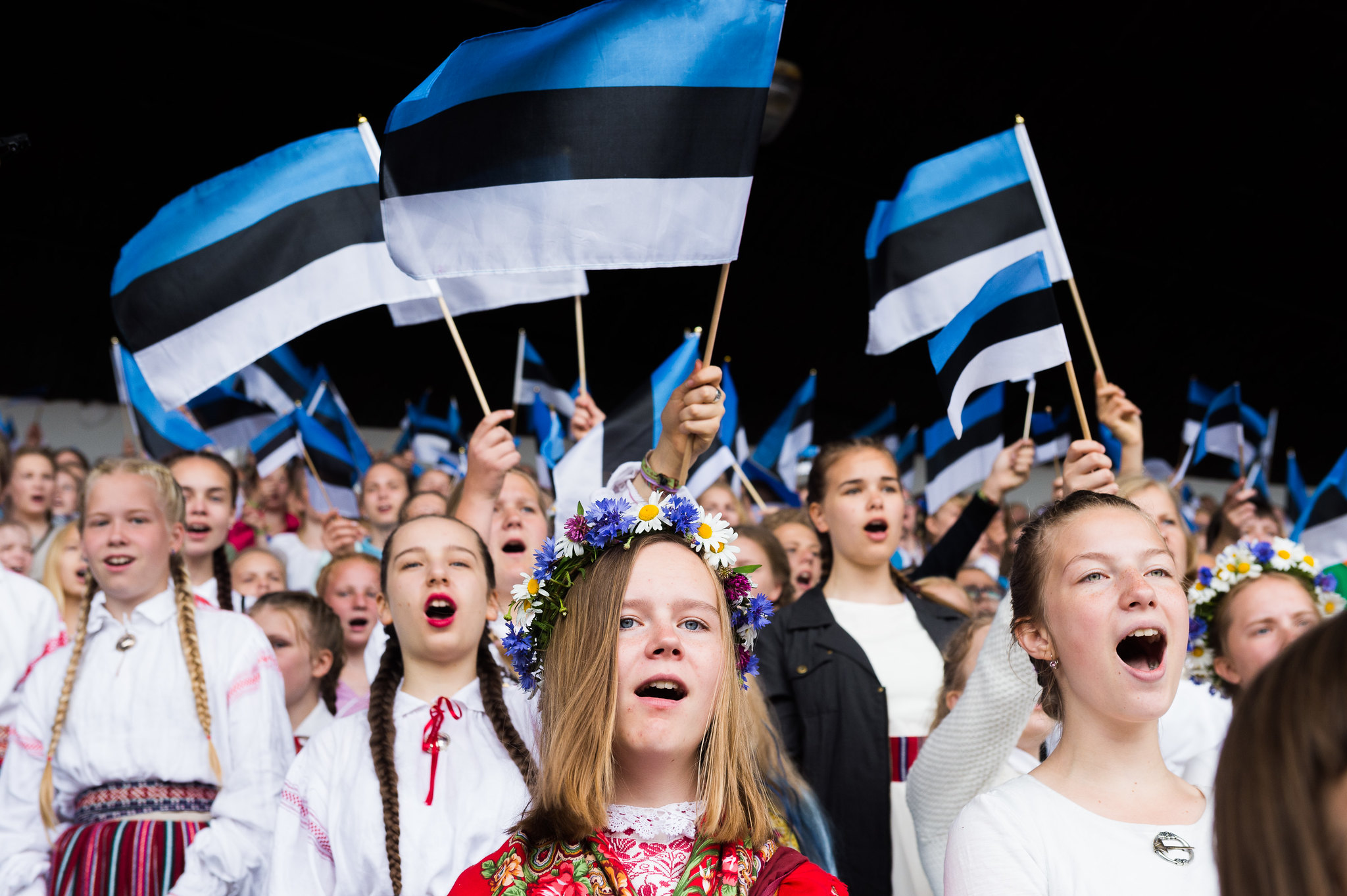
February 24 — Estonia's Independence Day!
This national holiday is one of Estonia's most important celebrations. Participate by learning more about the country's complex history.
Blue, black, and white flags will be on proud display.
Here's where you can learn more about the history behind Estonian Independence Day and see how it's celebrated today.

The first-ever Independence Day
Celebrations on Freedom Square in Tallinn marked the one year anniversary of independence on February 24th, 1919.
Fulfilling the dream of sovereignty
Throughout centuries of rule by foreign powers, Estonians never lost sight of their dream to become an independent state.
The late 1800s were a time of "national awakening" in Estonia, as Estonians advocated for a national identity through cultural expressions like folk music, poetry, and theater, and the right to self-government. The early 1900s saw the upheavals of the 1905 Russian Revolution, the First World War, and the rise of the Bolsheviks. During a brief window in February 1918, between the Bolsheviks' retreat from Tallinn and the impending German invasion, Estonian leaders seized their opportunity.
The Estonian Declaration of Independence, formally titled "the Manifesto to the Peoples of Estonia," was adopted on February 21, 1918, and was first read publicly on February 23 from the balcony of the Endla Theatre in Pärnu.
It was then printed and distributed in Tallinn on February 24, 1918, the date now celebrated as Estonia's Independence Day.
However, an independent, sovereign state did not come easily. German forces occupied Estonia until November 1918, after which Estonia had to defend its independence against the Soviet westward offensive. During Estonia's War of Independence, Estonia lost nearly 5,500 men, and about 14,000 were wounded. The war ended with the signing of the Treaty of Tartu on 2 February 1920.

Independence Day parade in Viljandi
This important day is celebrated all over Estonia with special events.
How do Estonians celebrate Independence Day?
Each year, February 24th is marked by fireworks, concerts, a parade of the Defense Forces, and a presidential reception. Families come from all over to admire military units and listen to the orchestras of the Estonian Defense Forces, Police and Border Guard, and the United States Air Force. Following the parade, the Estonian president usually gives a televised speech and bestows state decorations to guests of honor at a national reception. Most events are also broadcast on TV throughout the day.
Here's the typical schedule for Independence Day celebrations on February 24th:
- The day begins with a flag-raising ceremony early in the morning. The ceremonial hoisting of the national flag at the Pikk Hermann Tower is open to the public.
- The parade of the Defense Forces usually takes place in Tallinn's Freedom Square.
- The president hosts a public reception and gala concert at the Estonian Theater and Concert Hall.

Photo author: Silver Tõnisson, Visit Viljandi
Learn more about Estonian history
If you feel like celebrating all things Estonian this year and visiting Estonia yourself, there are plenty of places to explore to update your knowledge of Estonian history.
Here are places to visit in Tallinn:
- Maarjamäe Palace and the Estonian History Museum
- Toompea Castle, the home of the Estonian parliament
- KGB prison cells, now open to the public
- Vabamu Museum of Occupations and Freedom
- Visitor Centre of Tallinn's Song Festival Grounds to learn about the role of singing in Estonia's regaining of its freedom in 1991. You can then walk around on the festival grounds and imagine tens of thousands of people singing together.

Photo author: Kairi Tähe
Where to go to learn about Estonian history

Get inspired
Last updated
19.12.2025
